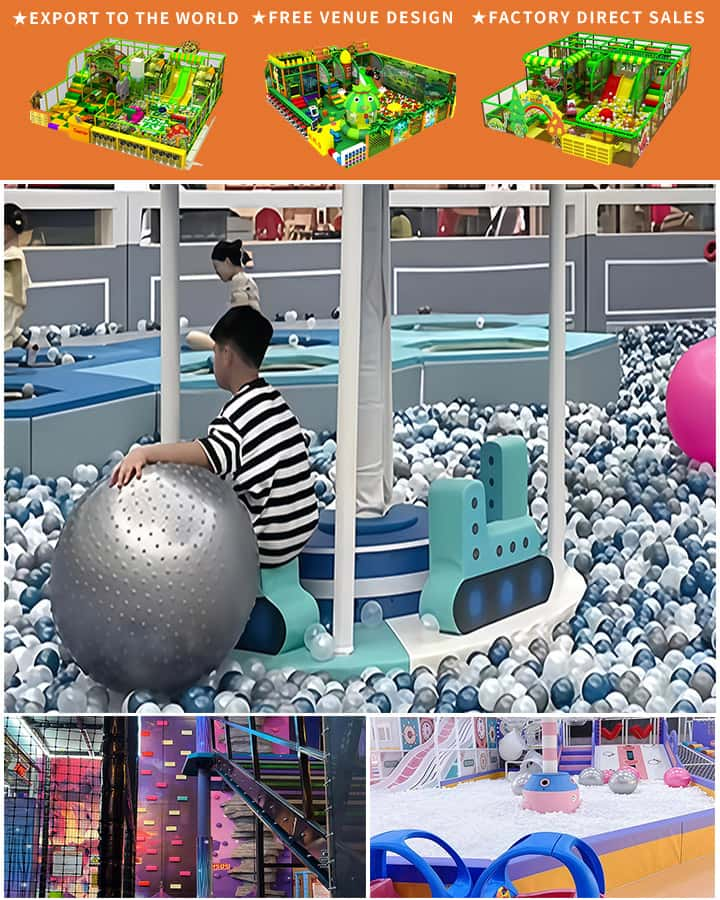In a world that is progressively leaning towards inclusivity and accessibility, the design and availability of playground equipment for children with handicaps have become crucial topics. The term “Ada” in this context refers to the Americans with Disabilities Act (ADA), which mandates that public places, including recreational facilities, must be accessible to everyone, regardless of their physical abilities. This article explores the significance of ADA-compliant playground equipment, its benefits, and how it fosters an environment where all children can play together harmoniously.
Understanding ADA Compliance in Playgrounds
The ADA sets specific guidelines to ensure that individuals with disabilities are not excluded from participating in, or benefiting from, the services, programs, or activities provided by public entities. When it comes to playgrounds, this means designing equipment that is usable by children of all abilities. ADA-compliant playgrounds include features like wheelchair-accessible swings, transfer stations, and play structures designed to accommodate various physical challenges. These designs help ensure that children with mobility impairments, those who are visually or hearing impaired, or any child with special needs can enjoy the same play experiences as their peers.
Benefits of ADA-Compliant Playground Equipment
Inclusivity: At the heart of ADA-compliant playgrounds is the principle of inclusivity. These playgrounds provide opportunities for children with disabilities to engage in play, fostering social interaction and reducing feelings of isolation. When children with and without disabilities play together, it promotes understanding, empathy, and friendship across diverse groups.
Physical and Social Development: Play is essential for the physical, cognitive, and social development of children. ADA-friendly equipment ensures that all children have access to these critical developmental benefits. For instance, adaptive swings allow children who use wheelchairs to experience the joy of swinging alongside their friends, while sensory play equipment supports children with sensory processing disorders.

Parental Peace of Mind: For parents of children with disabilities, finding a safe and accommodating playground can be challenging. ADA-compliant playgrounds alleviate this stress by providing environments where they know their children can play safely and interact with others without barriers.
Design Elements of ADA-Compliant Playgrounds
Creating an ADA-compliant playground involves thoughtful planning and consideration of several key elements:
Accessible Surfaces: Play areas should be covered with surfaces that are slip-resistant and stable underfoot. Rubberized surfaces and poured-in-place rubber are popular choices as they offer good traction and cushioning.
Transfer Stations: These are platforms that allow children in wheelchairs to transfer to and from other pieces of equipment safely. They are often padded and equipped with safety harnesses to prevent falls.
Adaptive Play Equipment: This includes swings with harnesses, merry-go-rounds with easy entry/exit points, and climbing structures with varied grip options. Equipment should be adjustable to cater to different physical capabilities.
Tactile and Sensory Elements: To support visually impaired children, tactile and auditory elements such as textured panels, musical instruments, and talking tubes are incorporated into the design.
Challenges and Future Directions
While the push for ADA-compliant playgrounds is commendable, there are still challenges to overcome. Funding constraints often limit the ability to retrofit existing playgrounds or build new ones from the ground up. Moreover, ensuring proper maintenance of these specialized structures requires ongoing resources and commitment.
However, as awareness grows and advocacy continues, we are likely to see more innovative and inclusive designs. Community involvement and partnerships with organizations dedicated to disability rights can drive the creation of more accessible playgrounds, making sure every child has a place to play.
Conclusion
Playgrounds are more than just recreational spaces; they are foundational settings where children learn social skills, develop physically and emotionally, and create lasting memories. ADA-compliant playground equipment embodies the spirit of inclusion, ensuring that no child is left on the sidelines due to a disability. By championing accessible play spaces, we pave the way for a more equitable society where every child has the freedom to play, explore, and thrive.




